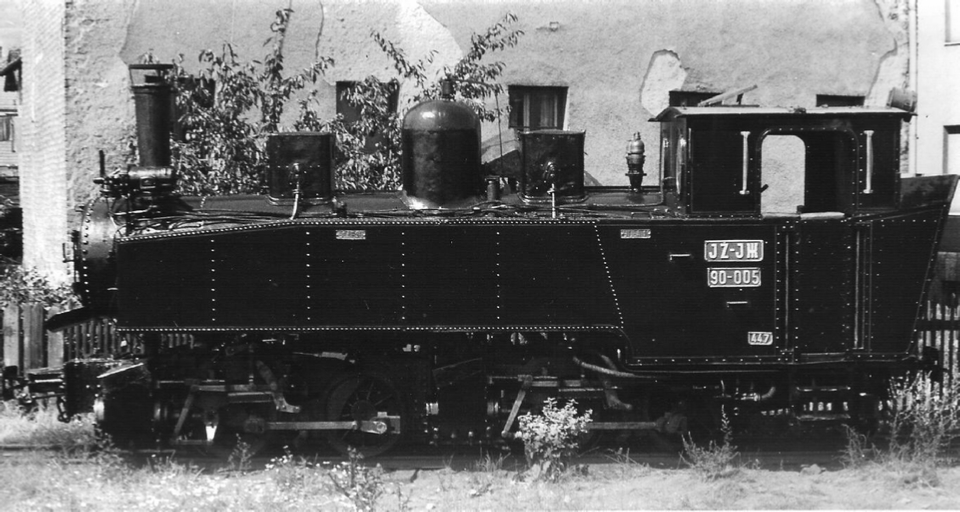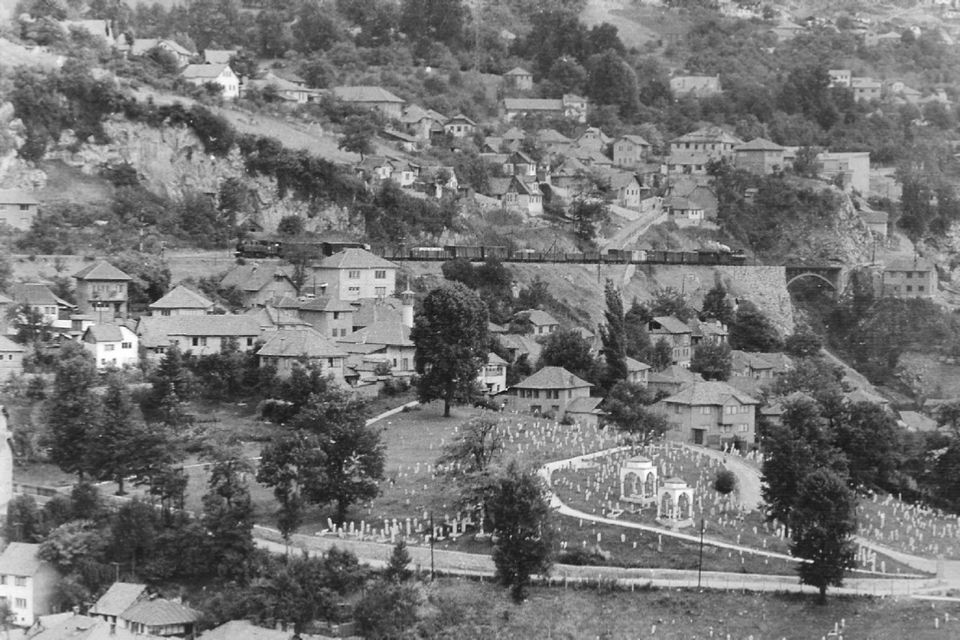In 1907, the Henschel & Sohn locomotive factory in Kassel built two Mallet-type tank locomotives for the Donja Čupria – Senjski Rudnik coal railway in central Serbia . Similar locomotives had previously been built for the Steinhelle–Medebach narrow-gauge railway in Westphalia .
In 1911 the Aktiengesellschaft für Lokomotivbau Hohenzollern in Düsseldorf delivered another ten largely identical steam locomotives . The machines were used on the routes Kruševac - Užice , Mladenovac - Lajkovac and Čupria - Ravna Reka in eastern and central Serbia.
During the First World War , five of the locomotives were confiscated and taken away by the Deutsche Heeresfeldbahn . At the end of the war, three of the locomotives were left behind on a military transport at the Praha-Bubny railway station. The vehicles were confiscated there by the Czechoslovak army and included in their inventory.
Three more locomotives came to the ku k during the First World War . army railways . At the end of the war, one of these locomotives was being repaired by the Karl Finze company in Teplitz-Schönau / North Bohemia (today Teplice). This locomotive also ended up in the Czechoslovak army.
After the First World War only eight locomotives remained in Serbia. They received the new numbers 13001 to 13007 from the railways of the Kingdom of Serbs, Croats and Slovenes .
In 1933, the Yugoslav State Railways (JDŽ) redesignated seven locomotives from 90-001 to 90-007. They were only phased out and scrapped at the end of the 1960s. No locomotive from the JDŽ series 90 has survived in a museum.
Freight train in Sarajevo-Bistrik with 90-005 at the rear of the train (1965), Bosnian Eastern Railway freight train in Bistrik, a district of Sarajevo-Stari Grad municipality.




